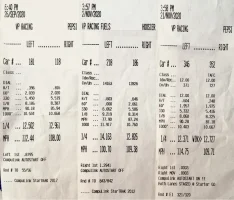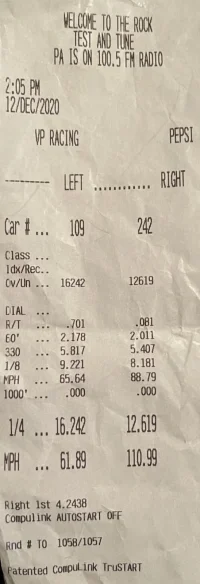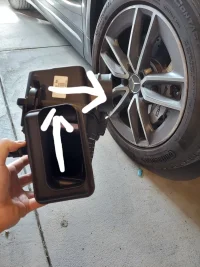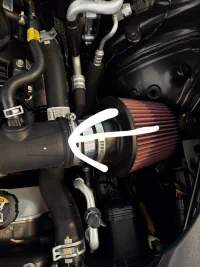StingerJefferson
Active Member
- Joined
- Sep 2, 2019
- Messages
- 103
- Reaction score
- 42
- Points
- 28
Getting ready to do a bunch of upgrades at the end of the month, and after spending hours reading here, I can’t tell if intakes actually make any difference beyond improving the sound.
I am going to do scoops, exhaust, sway bars, brakes and a couple minor exterior items. I might do a piggyback tune. Likely, in fact.
I can’t find any evidence intakes change anything but the sound. In fact, there seems to be a consensus that aftermarket intakes reduce low-end grunt, which, living in a city, is where I have the most fun.
But maybe that equation changes if I do get the JB4? If I don’t do intakes, I will upgrade to AEM dry filters using the factory boxes.
Regardless, I’d rather put the $400 for intakes into better brakes or a higher quality exhaust if the only thing intakes change is to hear the blow off noises (which are very cool, don’t get me wrong).
I am going to do scoops, exhaust, sway bars, brakes and a couple minor exterior items. I might do a piggyback tune. Likely, in fact.
I can’t find any evidence intakes change anything but the sound. In fact, there seems to be a consensus that aftermarket intakes reduce low-end grunt, which, living in a city, is where I have the most fun.
But maybe that equation changes if I do get the JB4? If I don’t do intakes, I will upgrade to AEM dry filters using the factory boxes.
Regardless, I’d rather put the $400 for intakes into better brakes or a higher quality exhaust if the only thing intakes change is to hear the blow off noises (which are very cool, don’t get me wrong).








